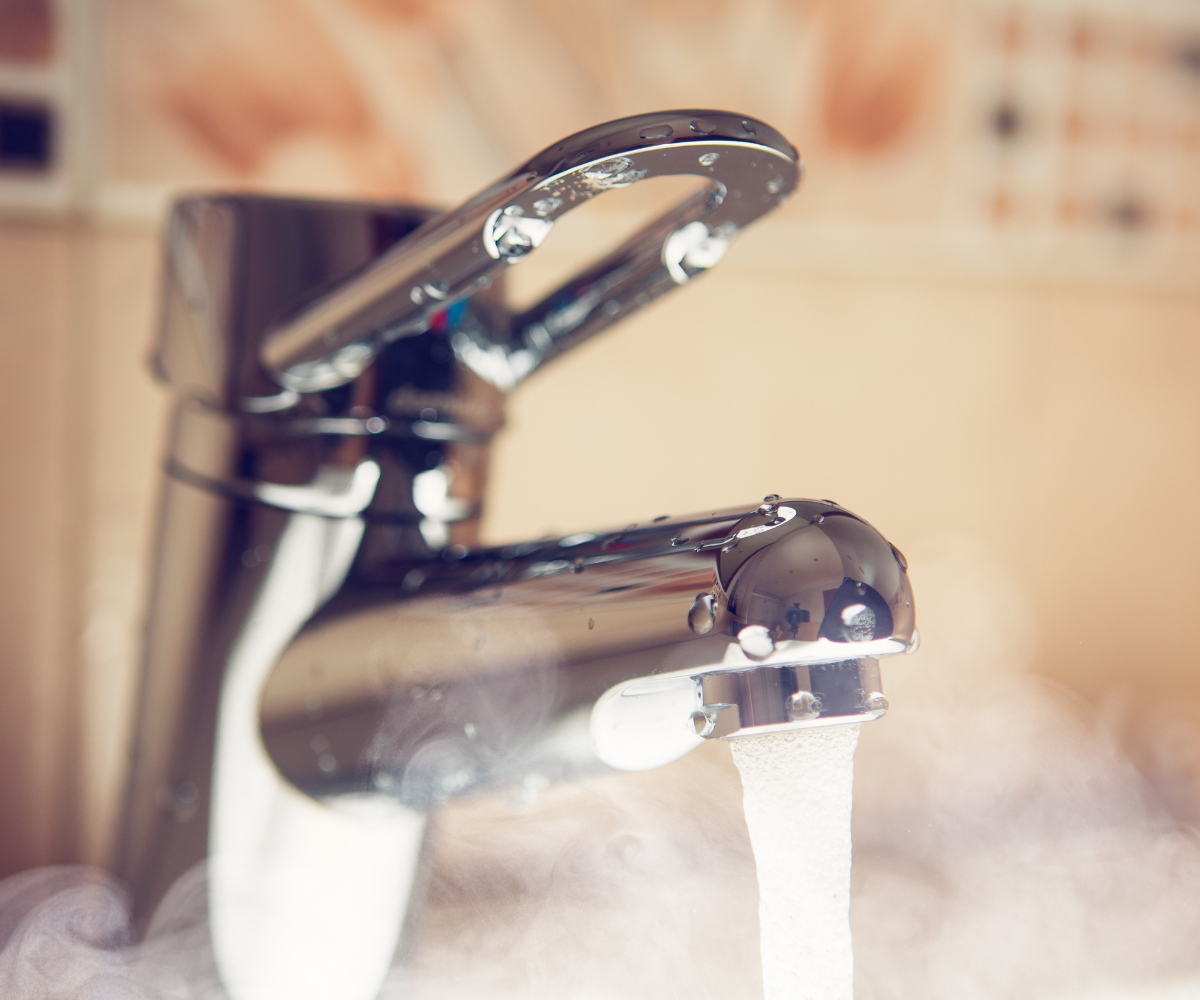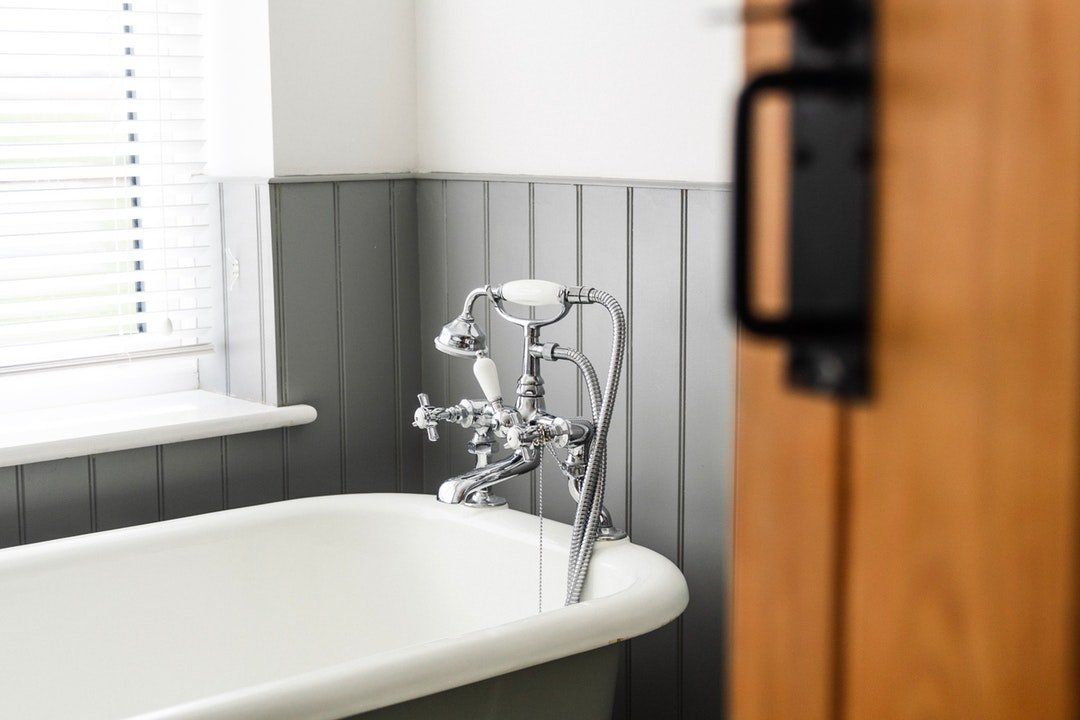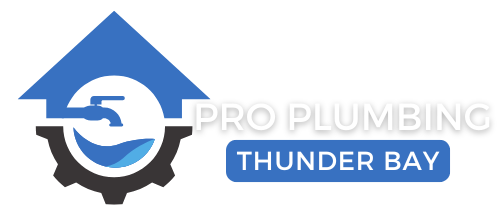What Causes Low Water Pressure? Ask a Local Thunder Bay Pro
Low water pressure is one of the most common calls we get as plumbers Thunder Bay homeowners rely on.

Hi there, I’m one of the experienced guys over at Pro Plumbing Thunder Bay, and today I’m diving into a question I get all the time: “Why is my water pressure so low?” If you’re living in Thunder Bay and notice your shower feels more like a drizzle than a spray, you’re not alone.
Low water pressure is one of the most common calls we get as plumbers Thunder Bay homeowners rely on. It can be caused by a few different things, and I’ll walk you through the most common ones I see on the job.
1. Clogged Pipes or Fixtures
Over time, minerals from hard water can build up inside your pipes or on the screens of your faucets and showerheads. This reduces the flow of water and drops the pressure. It’s a quick fix in some cases—cleaning or replacing a showerhead can make a big difference.
2. Old or Corroded Pipes
If you live in an older home here in Thunder Bay, your plumbing system might have galvanized steel pipes. These tend to rust and corrode from the inside, causing blockages that reduce water pressure. Replacing old pipes with modern materials like PEX or copper is a smart move and something we do often at Pro Plumbing Thunder Bay.
3. Leaks in the System
This one’s more serious. If water is leaking from a pipe somewhere in your home, it can reduce overall pressure. Plus, leaks can lead to water damage, mold, and higher water bills. If you suspect a hidden leak, it’s best to have us come out and take a look. We’re the Thunder Bay plumbers who know where to look and how to fix it fast.
4. Faulty Pressure Regulator
Some homes have a pressure regulator to control how much water enters the system. If it malfunctions, you could end up with pressure that’s way too high—or way too low. A professional plumber (like us!) can test the pressure and replace the regulator if needed.
5. City Water Supply Issues
Sometimes, it’s not your plumbing at all—it’s the city’s supply line. If the whole neighborhood is experiencing low pressure, it could be temporary maintenance or an issue with the municipal system. But if it’s just your house, it’s time to call in the pros.
Don’t Let Low Water Pressure Ruin Your Day
At Pro Plumbing Thunder Bay, we help homeowners every day who are dealing with weak water flow, noisy pipes, or other frustrating issues. Whether it’s a quick fix or a full system upgrade, we’ve got the tools and experience to make it right.
When it comes to plumbing in Thunder Bay, there’s no one better to call. We’re proud to be the trusted choice for plumbing Thunder Bay residents can count on.
Got questions? Need help? Give us a call—we’re here to help you get your water flowing like it should!
You might also like




